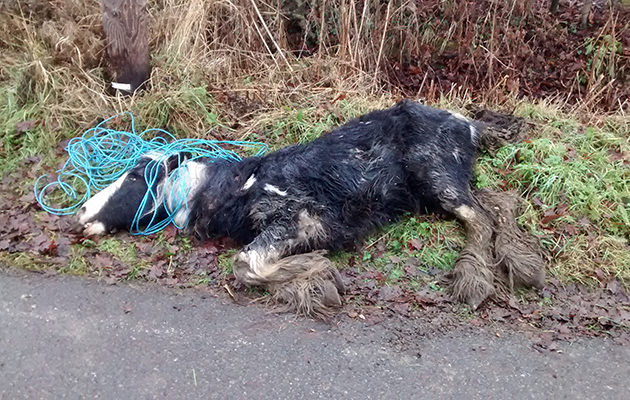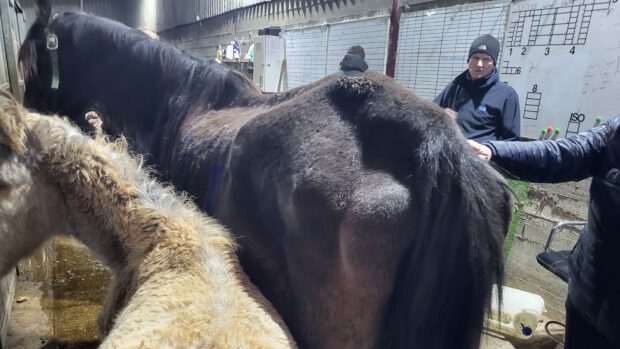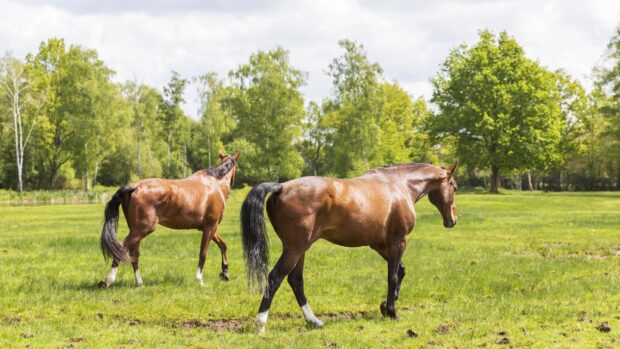The body of an emaciated horse has been found “dumped like rubbish” by the side of the road.
The piebald colt was found dead next to Lower Stock Road in West Hanningfield on Saturday (7 January) in an “extremely poor” condition with rope tied around his neck.
A witness said they saw a white pick-up truck pull up and leave the body there around 5.30pm.
The RSPCA is now appealing for information.

“It is difficult to know for sure how this horse died, but he was in a terrible state and would definitely have suffered before he died,” said RSPCA inspector Kate Fletcher.
“The horse was very young, probably just a year old, was suffering from diarrhoea, and emaciated. He looked as if he had had redworm and not been treated for it.
“The rope was likely put round his neck to drag him so he could be dumped like rubbish by the side of this road.
“We urge anyone with any information about how the horse died and how the body came to be dumped in this way to call us.
“Sadly it is not uncommon for horses to suffer from redworm at this time of year. This is easily treated, but if they are not they go downhill very quickly. We would like to remind all horse owners to de-worm their animals at this time of year.”
Anyone with any information should call the RSPCA on 0300 1234 8018.
Related articles:
- How to reduce the serious risk of small redworms in horses
- First test for encysted redworm in development
- Experts warn about dangers of ignoring encysted small redworm
Treating worms in horses
Worming horses is an important part of every horse owner’s basic horse care routine. Internal parasites which are cause for concern include small strongyles (small redworms), large strongyles (large redworm), tapeworms, roundworms, pinworm and encysted small redworm.
Encysted small redworm are particular worrying. The larval stage of the small redworm bury into the lining of the gut, where they lie dormant. They can then develop and emerge en masse from the gut wall in the early spring, causing diarrhoea and colic, with a mortality rate of up to 50%.
It is not currently possible to test for encysted small redworm, although a new saliva test is under developement, so it is recommended that all horses are treated to remove these in late autumn or early winter to remove the associated risk. All other worming should be undertaken only when tests show a horse is carrying a specific worm burden.




